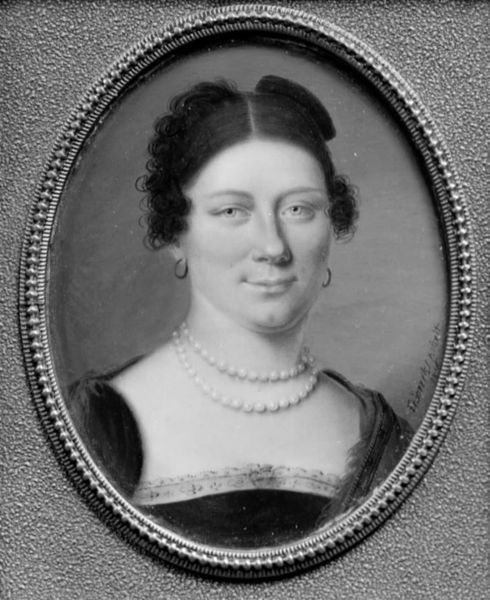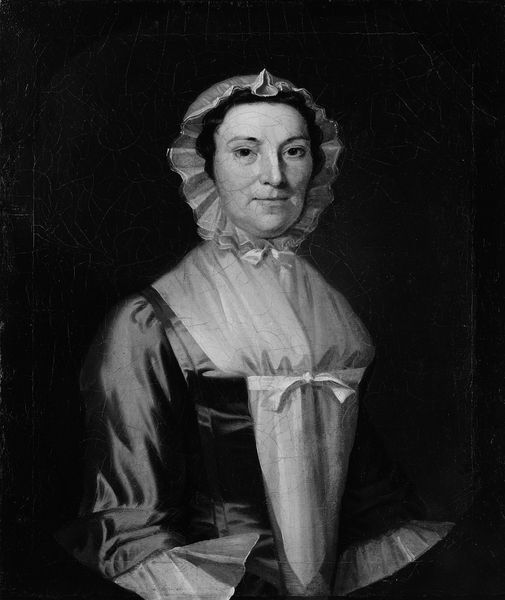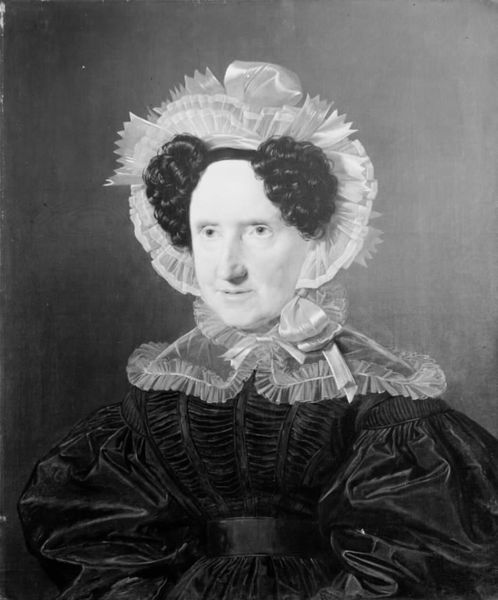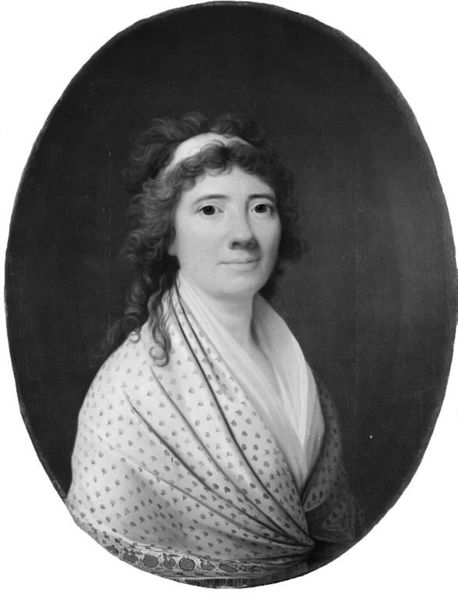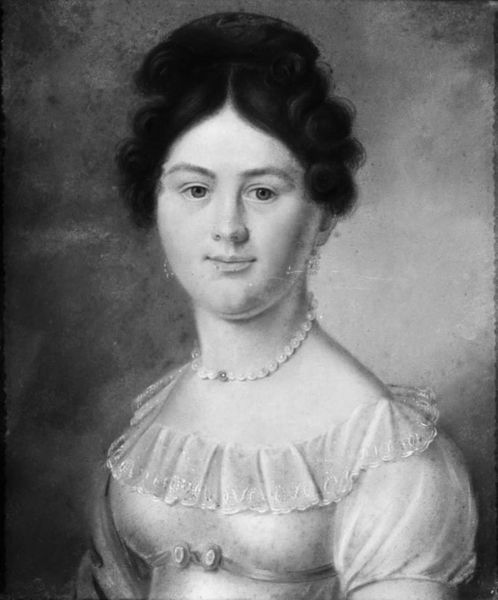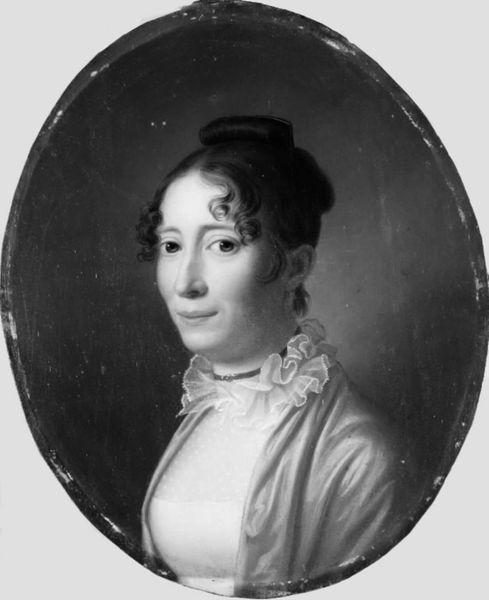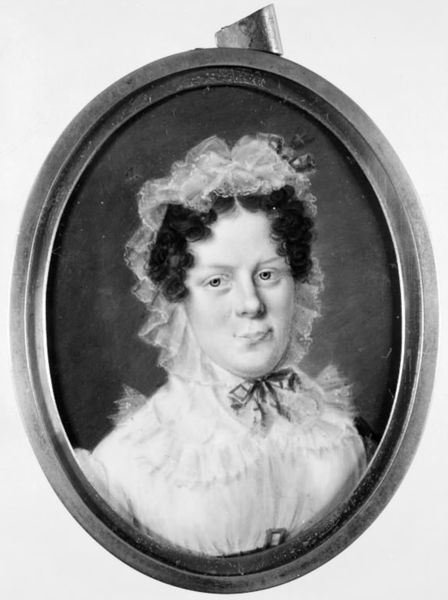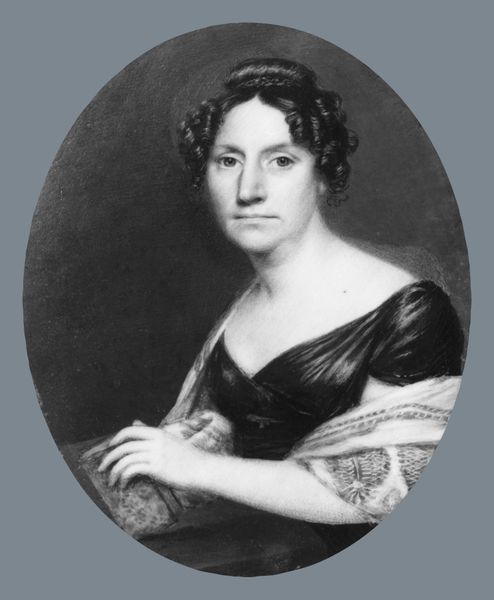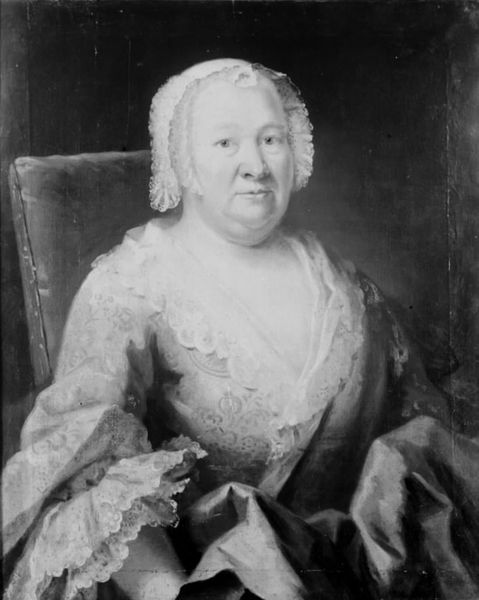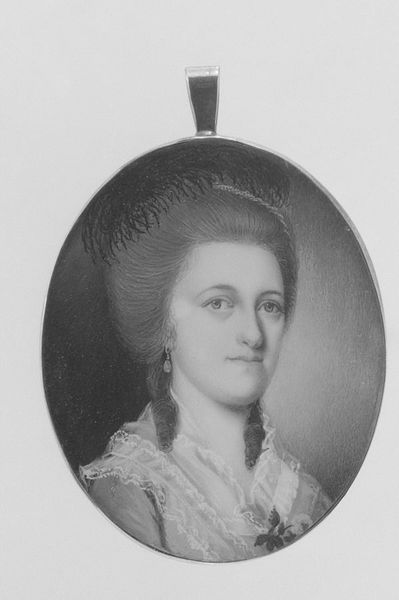
drawing, ink, ivory
#
portrait
#
drawing
#
neoclacissism
#
ink
#
academic-art
#
ivory
#
miniature
Dimensions: 7.1 cm (height) x 5.9 cm (width) (Netto)
Editor: So this miniature portrait of Sophie Brun, thought to be painted between 1722 and 1822 by Christian Horneman, is rendered with ink and drawing techniques on ivory. The detail is impressive considering the scale. How would you interpret this work? Curator: Considering this piece through a materialist lens, I immediately look at the ivory support. The material itself speaks volumes about the sitter's class and access to global trade networks. Think about the labor involved in acquiring and preparing the ivory. Also, how does the choice of ink as a medium speak to ideas of permanence versus fragility when combined with ivory? Editor: That’s a great point. The ivory really elevates the status of the piece and the sitter. It's not just paint on canvas. How did the availability of materials influence miniature production in this era? Curator: Precisely! Miniature portraits depended heavily on the availability and cost of materials like ivory, pigments, and even the precious metals used for the cases. Horneman and other miniaturists would be very aware of these factors. Looking closely, can we deduce anything about Horneman's access to specialized tools and techniques for working with ivory? Did he likely work alone or within a larger studio structure? These kinds of questions move beyond mere aesthetics. Editor: That’s a completely different way to look at art! Considering the labour, trade, and social context within artmaking makes it so much more rich. Curator: Indeed. And, by emphasizing the production, the art making becomes linked to broader global economic networks. Think about consumption: who would commission such a luxury object and how would they display and circulate it to signal wealth and taste? Editor: Now I’m seeing the artwork in a completely different light. Thanks to understanding of its materiality.
Comments
No comments
Be the first to comment and join the conversation on the ultimate creative platform.
